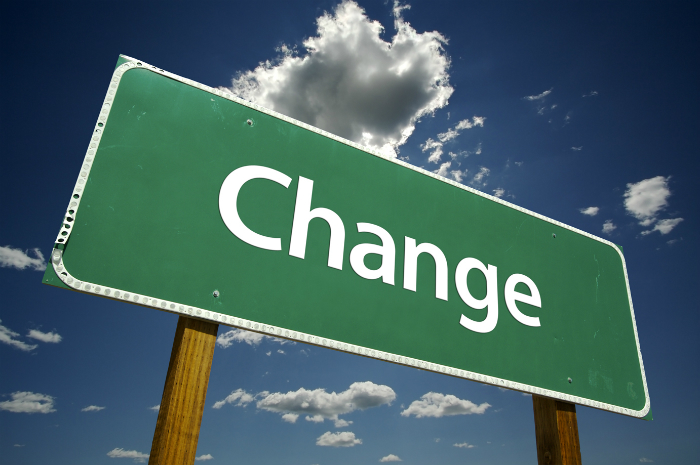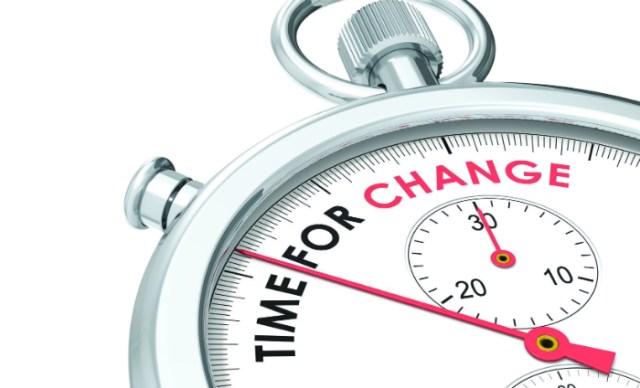
When I entered the printing industry in 1959, it was the end of the era of constancy. Hot metal typesetting and letterpress printing had been more or less constant over decades. If you needed more capacity, you acquired another letterpress press.
But offset litho and phototypesetting were slowly entering the market. The 1960s through the 1980s were turbulent times for printers, but by the time the smoke cleared, film-based production dominated. If you needed more capacity, it was simple, you acquired another offset press.
But another era of change began on the desktop as personal computers and software created desktop publishing. It allowed graphic designers to go directly to film with type and graphics. Within five years, the multi-billion dollar typesetting business was gone. With computer-to-plate technology, generation of camera and film-stripping professionals disappeared.
Offset press automation reduced staffing levels. Users of older offset press technology are now finding a shortage of skilled press operators.
In the 1990s, the internet became a thing. Content that had been disseminated in print, went on-screen. Within a decade, half the printing companies in North America were gone.
Also in the 1990s, we saw digital colour printing for the first time. As offset had challenged letterpress, so digital challenged offset. But even within the world of digital, we began to see inkjet challenge toner.
Today, inkjet printing is expanding from smaller machines to bigger machines. B1 and B2 inkjet presses are now becoming available. Roll-fed inkjet presses abound. Flatbed inkjet can print on virtually any substrate.
Printers today live on the horns of a dilemma: acquire a new offset press or a digital press – and what kind of digital press. There is no easy answer because one cannot determine where the market is going, because print buying habits are also not constant. We know that paper-based communication is growing very slowly, if at all.
It is probable that the future of print may involve non-paper products—printing on plastic, board, textiles, glass, metal, and other arcane substrates. You may scoff at this, but remember, change is constant.
Comment below to have your say on this story.
If you have a news story or tip-off, get in touch at editorial@sprinter.com.au.
Sign up to the Sprinter newsletter

